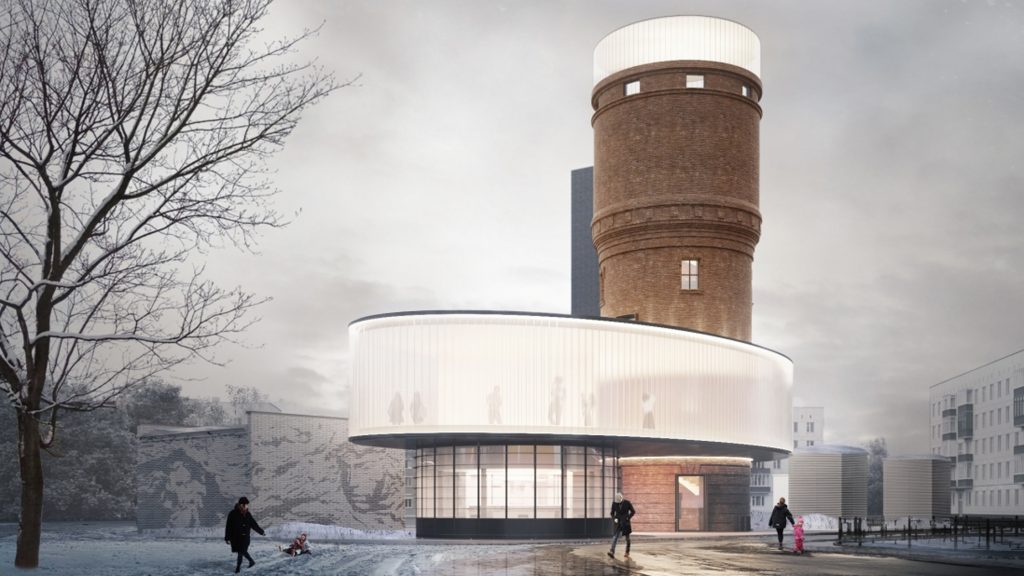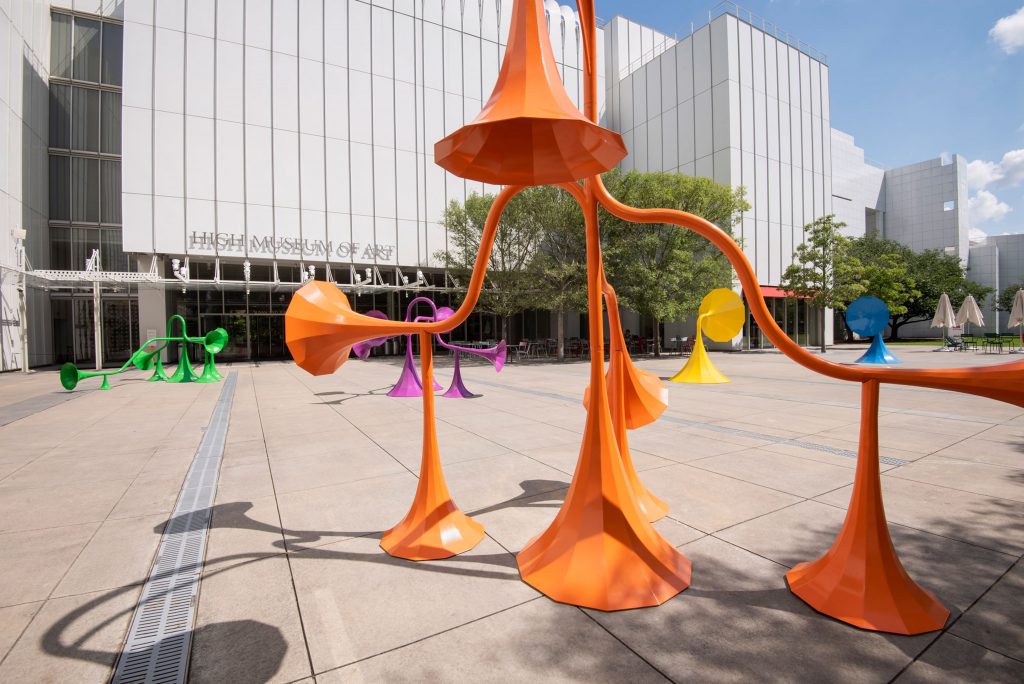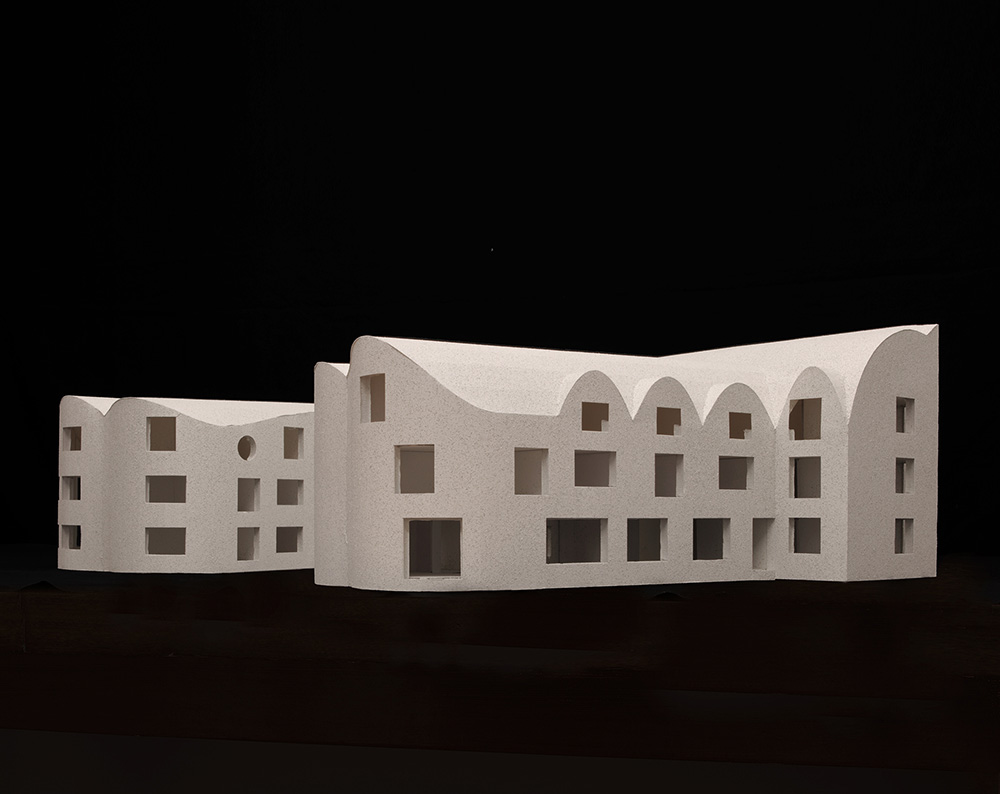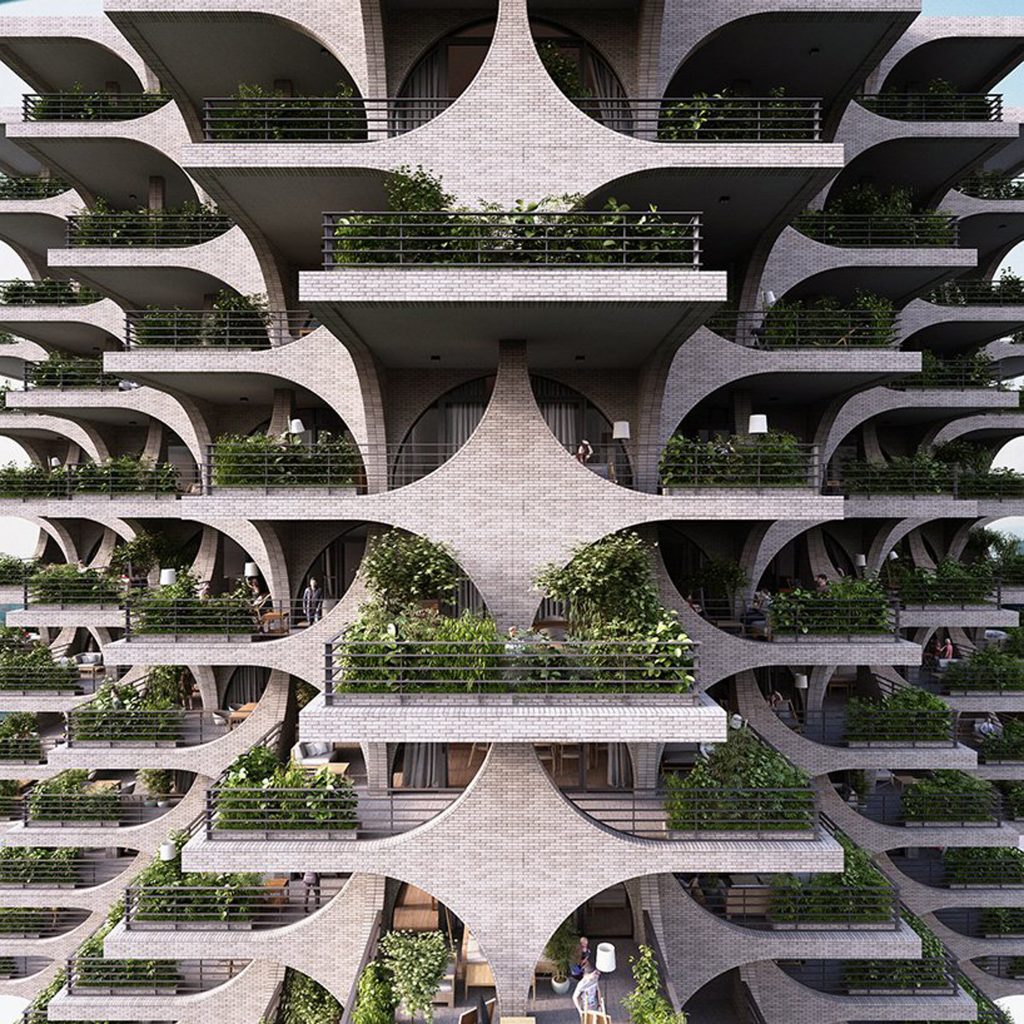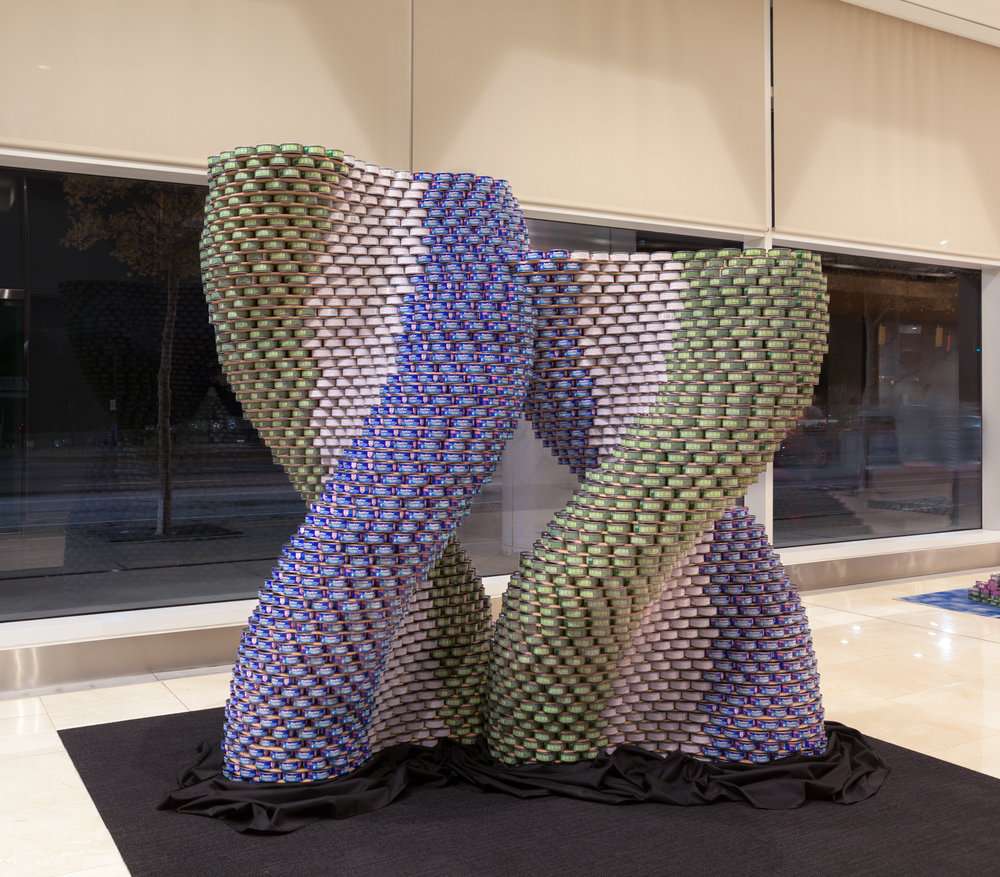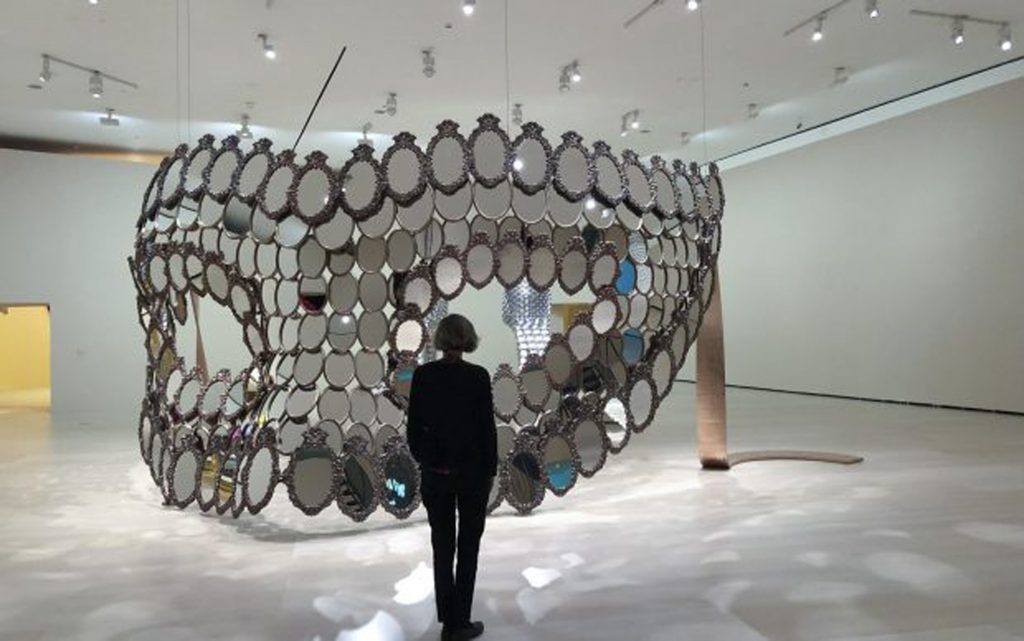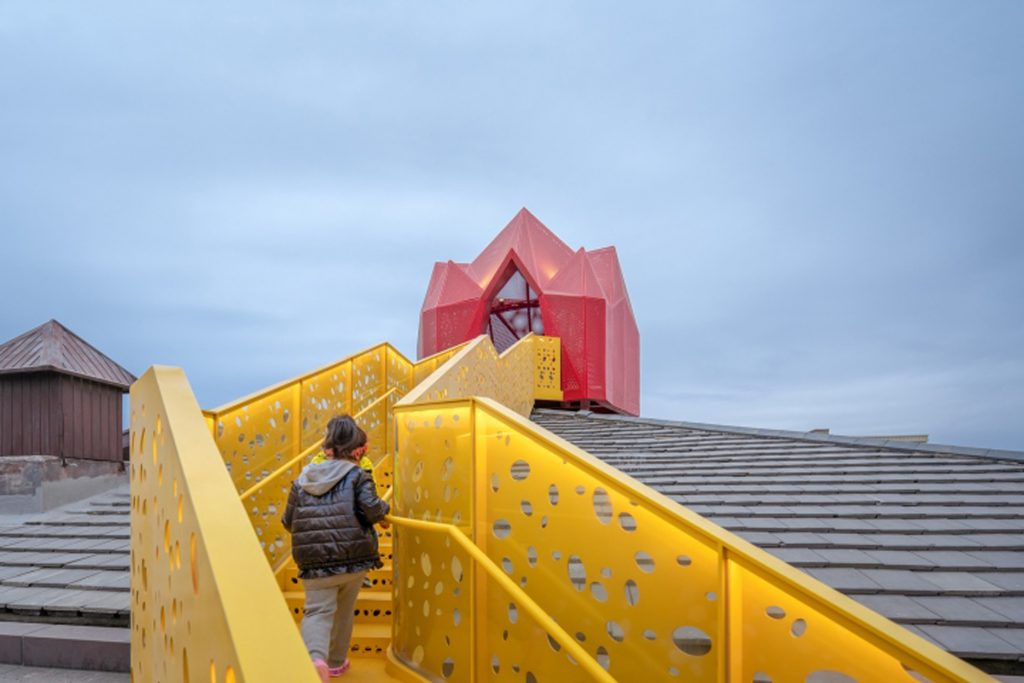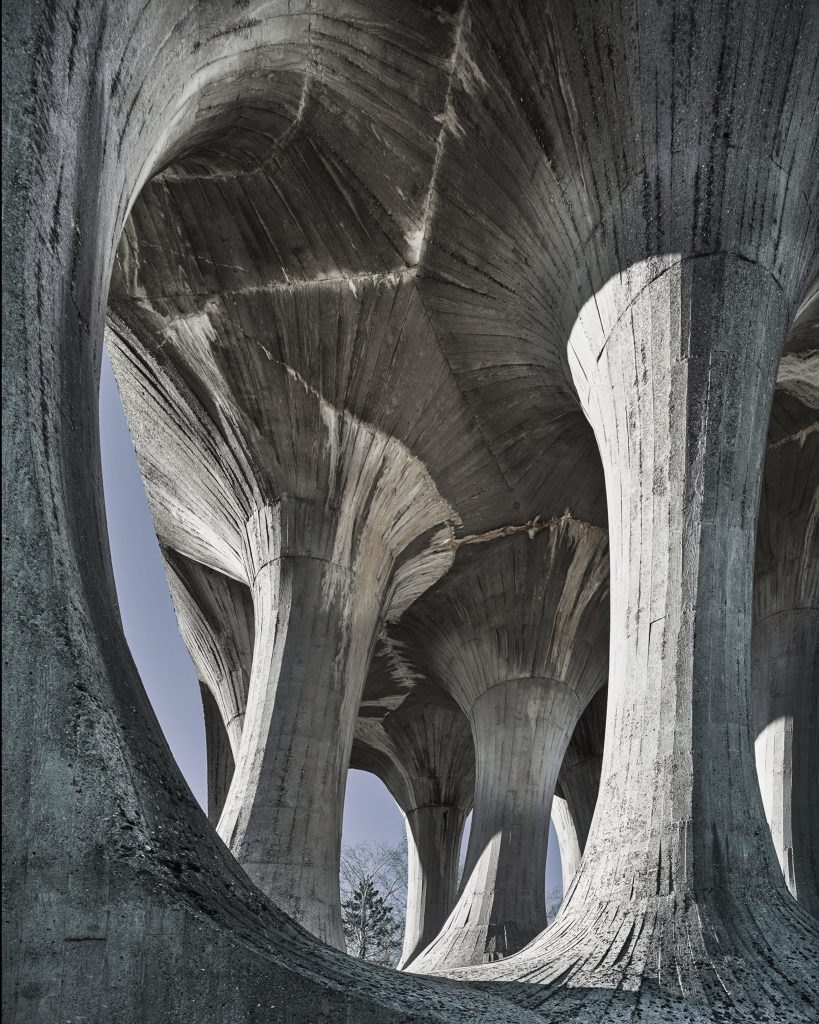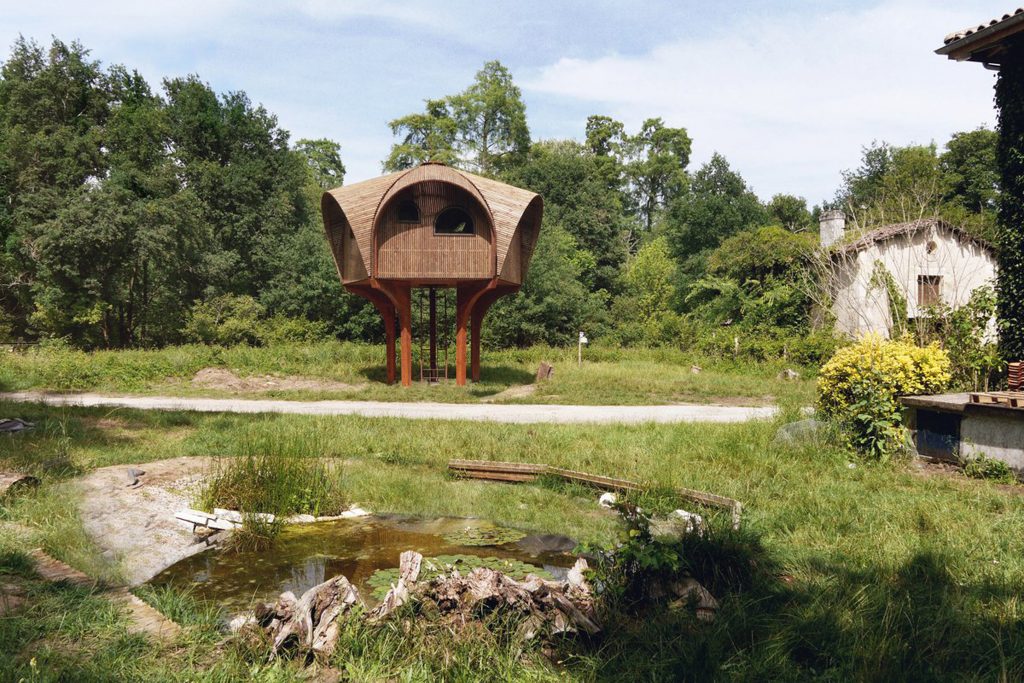Water towers can be seen across the world. As more modern and technological forms of water harvesting have now taken their place, in many cases they’ve fallen out of use, gently degrading and serving only as a visual reminder of former times. However, visionary designers and architects are transforming old structures and occasionally creating new ones. Here are some of our favourite projects.
